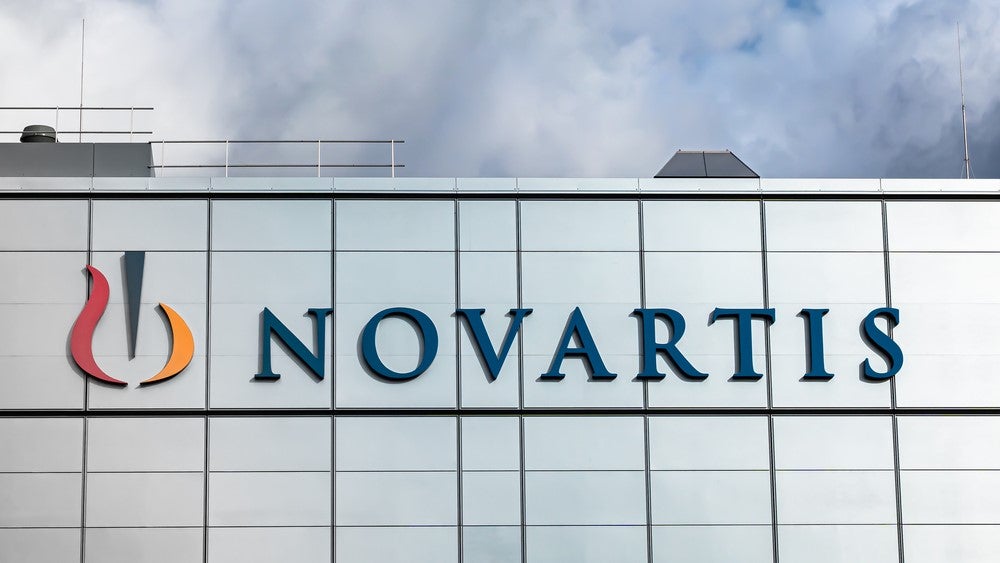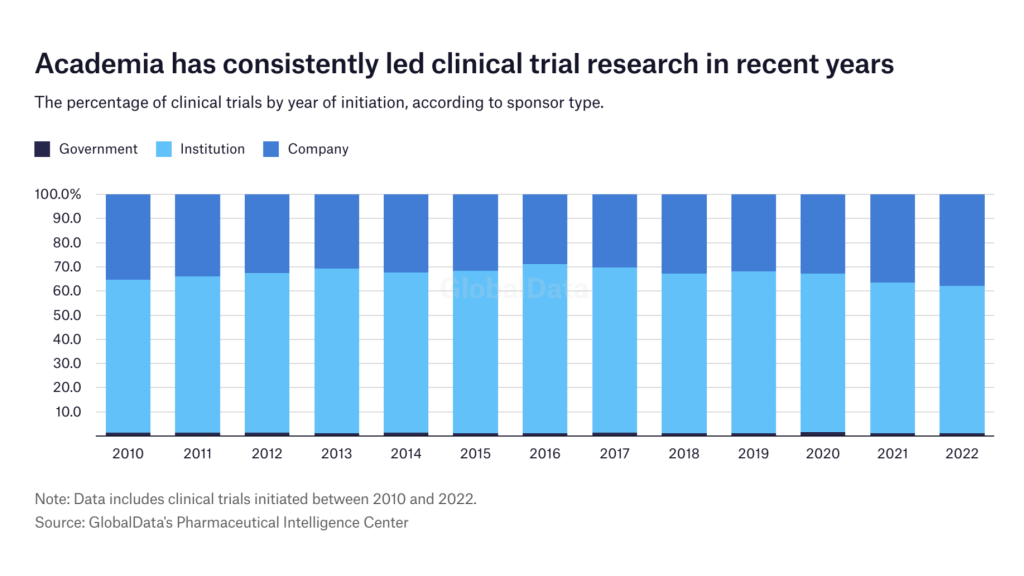Clinical Trials Arena: Within the context of the drive made by pharma in the last few years to adopt novel technologies, explain the use of eLabels within the clinical supply chain
Meinrad Kopp: At Merck, we have not yet implemented any electronic labels. We are very close to developing a ‘semi-electronic’ label, and we’re also close to signing the first set of user requirements and implementing it. Anything else is still in the concept stage. We are currently developing an application called MedLabel, which is a registered trademark protected term. We have a development partner that designs and develops the label while we provide the clinical supply chain expertise. So whatever they develop can also be used in clinical trials and is acceptable to patients and regulatory bodies. So far, we have run a few pilot studies, which were all mock studies, and to this point, they’ve been successful. We hope to use the electronic labels in a real trial in the fourth quarter of 2016.
CTA: What have you found to be the benefits of using an eLabel over a traditional booklet label?
MK: An eLabel gives you flexibility in terms of updating information over the course of a trial. We have been focusing on enabling the update of the retest date, something that regularly occurs in a clinical trial. When you have a development product, especially in the initial phases, you can only assign a short shelf life and when a longer retest date becomes available, you need to extend it. Every extension requires a lot of work and requires a lot of resources, from printing the labels, shipping them out, applying them to the bottle to completing batch records. All in all, it’s a tremendous amount of work.
With the application we’re developing currently, we can electronically change the retest date remotely. It’s enormously time saving as it not only saves you resources, but also provides convenience for labeling activities or to provide information to clinical sites and patients.
See Also:
Another potential benefit of eLabels is you can start a trial with a very short initial shelf life. Whenever new stability data becomes available, new retest dates can be assigned and an update can be performed, because it is so simple and so quick. It is a matter of minutes.
How well do you really know your competitors?
Access the most comprehensive Company Profiles on the market, powered by GlobalData. Save hours of research. Gain competitive edge.

Thank you!
Your download email will arrive shortly
Not ready to buy yet? Download a free sample
We are confident about the unique quality of our Company Profiles. However, we want you to make the most beneficial decision for your business, so we offer a free sample that you can download by submitting the below form
By GlobalDataCTA: It seems as though there is a huge impact potential with the use of eLabels, in terms of saving costs, streamlining processes, etc. Do you think that could be the case from what you’ve seen?
MK: Yes, definitely. If you think about the use of comparators, they can cost anywhere up to $20,000 for a single pack. Electronic systems/electronic labels can help you use the stock of material very carefully and very flexibly. Ultimately it can reduce overage and therefore has the potential to save money.
CTA: Are eLabels, from what you’re aware, something that is commonly used or is it a new innovation that is gaining more recognition from within the industry?
MK: There are a few pharma companies working on these smart technologies in clinical trials. We’re not the only ones; we do have collaborations with other pharma companies working on developing and implementing smart technology for our clinical supplies. However, I am yet to see a company that has run a larger trial with such smart technology for their patients.
CTA: How do you see things moving forward in the next couple of years?
MK: The pharma industry is a risk avoiding industry – we all know this – and for good reasons, so for it to adapt and use these technologies will take some time. Nevertheless, there’s a real desire within the pharma industry, stakeholders, and patients to change how we’re doing our business. I can imagine over the next few years we will start to see real trials being conducted with the help of these technologies. What’s more, I am personally convinced this is the future. Over time, the use ofpaper labels will gradually fade and we’ll start to see more electronic technology being used in clinical trials.







